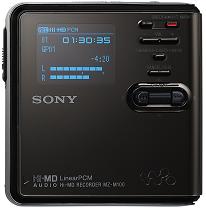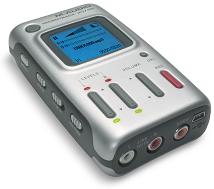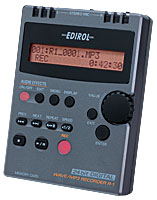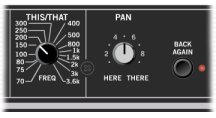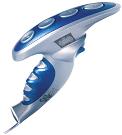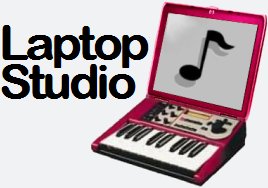Novation ReMOTE LE keyboard controllers

Novation are soon going to release a new range of compact USB MIDI controllers based on their more advanced (and expensive) ReMOTE Series. This is exciting — a really good controller keyboard should be all the hardware you need to make a lot of music (along with several gigs of appropriate software). And these look pretty good, especially with both a joystick and a touchpad as well as many knobs and a decent keyboard. As a bonus, you also get a copy of the Novation Bass Station soft synth. I remember the classic hardware Bass Station when it came out — beatifully designed, both in form (sexy blue keyboard) and function. I’d love a shiny new ReMOTE LE 25, but it looks as if I will have to wait till September.
The Novation website has the full story: Unsurpassed MIDI controlling technology from the true pioneers, Novation, is soon to be available in its most compact format to date. The stylish ReMOTE LE 25-, 49- and 61-key USB controller keyboards include some of the best features of the highly regarded ReMOTE Series, tailored down into a smaller, more portable package.
Amongst the features to be carried through is the extremely popular X/Y Touchpad, allowing up to four parameters (two per axis) to be modified simultaneously with just a simple finger glide. The pitch bend/modulation joystick is another of the ReMOTE’s useful tools to be featured, enabling a host of interesting performance effects. Dedicated Transport control is provided, but now with an additional Loop button.
A total of nine buttons and nine knobs can be found on the hardware, together with a Group switch that doubles this number to eighteen, so that any area of the receiving MIDI device (hardware or software) can be modified with ease. The MIDI spec enables any MIDI message to be assigned to any of the controls (buttons, knobs, X/Y Touchpad and joystick) to an unrivalled level of detail, providing endless configuration options to suit even the most demanding user’s needs.
There are 16 onboard Template memories for saving ReMOTE LE setups, 12 of which are factory preset for use with the most popular software applications, in addition to many more available for free on this site. Also featured on the accompanying CDROM is a powerful Template Editor, which makes constructing Templates even simpler and more intuitive than is possible with the hardware alone. Meanwhile, in the box there are 10 physical Template overlays, 7 printed and 3 blank, to help customise the ReMOTE LE for the software being controlled; the user simply places these over the ReMOTE LE to see what control is assigned to what parameter, avoiding having to memorise the function of each knob/button.
The keyboard is semi-weighted and velocity-sensitive, offering the highest quality action and setting a new keyboard standard for affordable controllers. This gives the ReMOTE LE more of a synthesizer feel than many other controller keyboards, which often seem more like computer peripherals than actual instruments.
And finally, as if the hardware weren’t enough, ReMOTE LE ships with Novation’s ‘Bass Station’, a VST and Audio Unit plug-in which flawlessly re-creates the warmth, character and ‘oomph’ of the enormously successful Bass Station keyboard and rack analogue instruments, which have established themselves as a turning point in synthesizer history.
The combination of funky performance tools, an unrivalled range of MIDI controls and options and a Soft Synth classic bundled for free, make the ReMOTE LE series the number one choice for musicians wanting to trigger samples, lay down bass-lines or control a sequencer with flair. Whether completely new to MIDI controlling or at a relatively advanced level, the ReMOTE LE series won’t fail to satisfy.
Pick up a ReMOTE LE from all Novation stockists in September.

